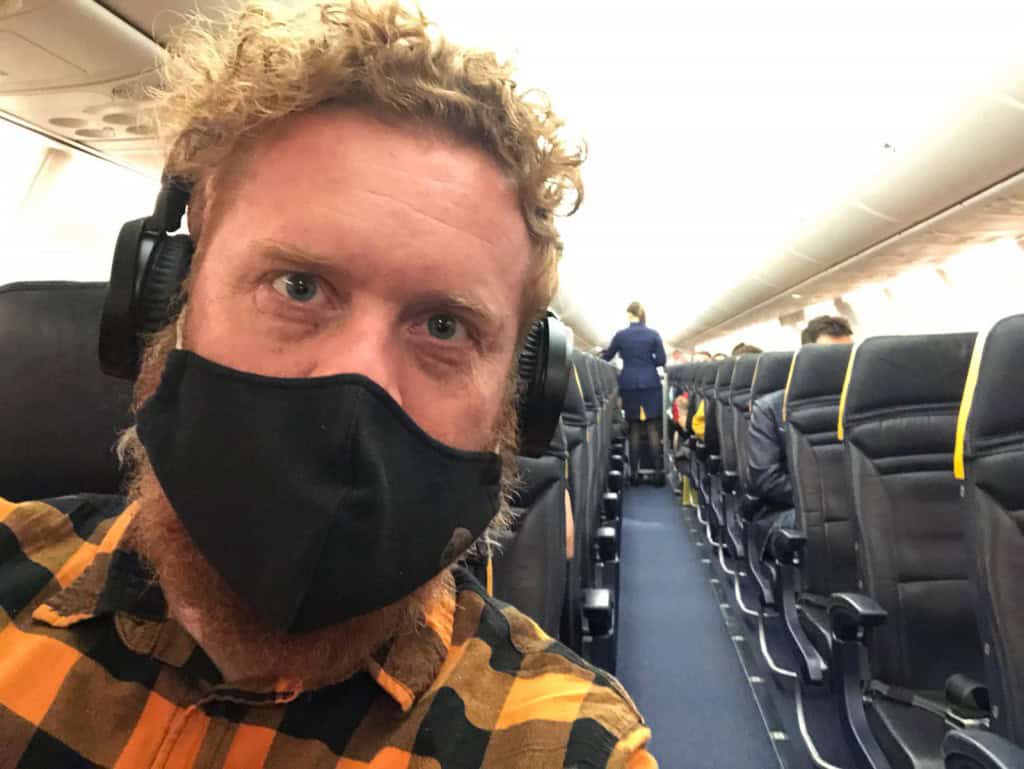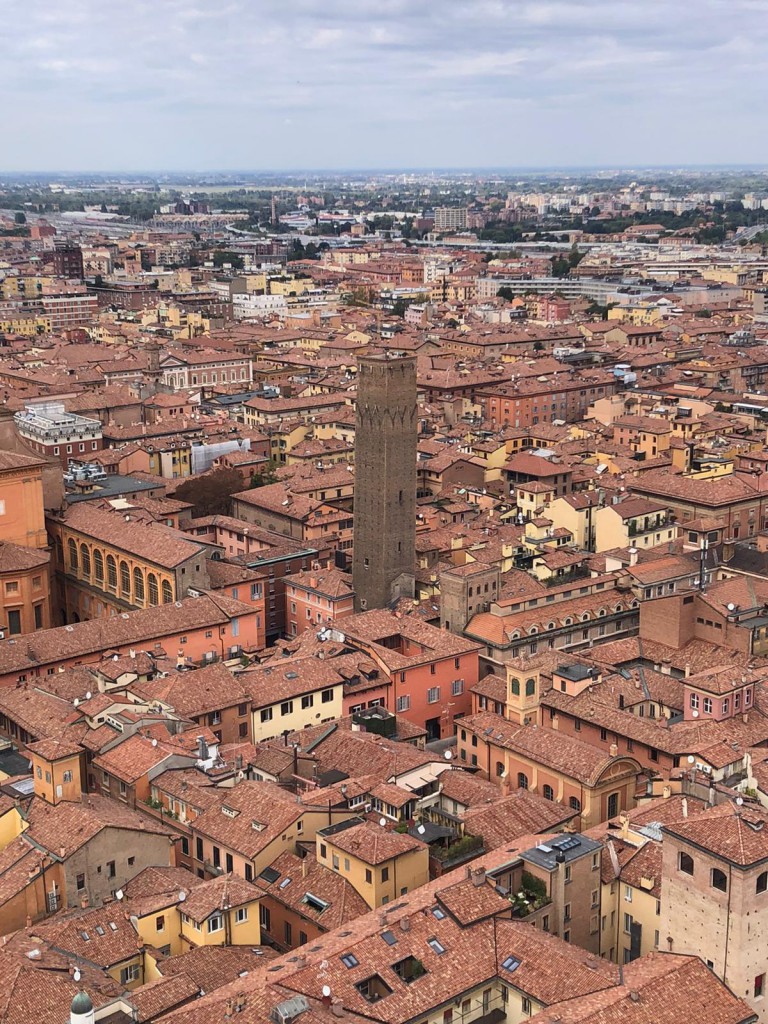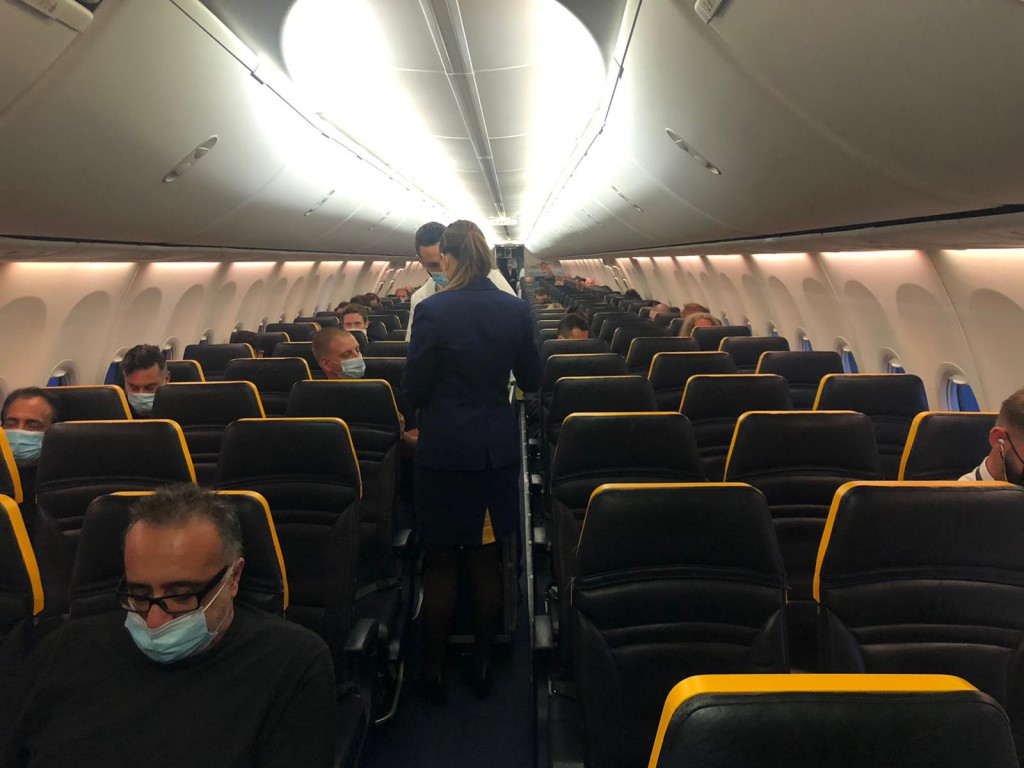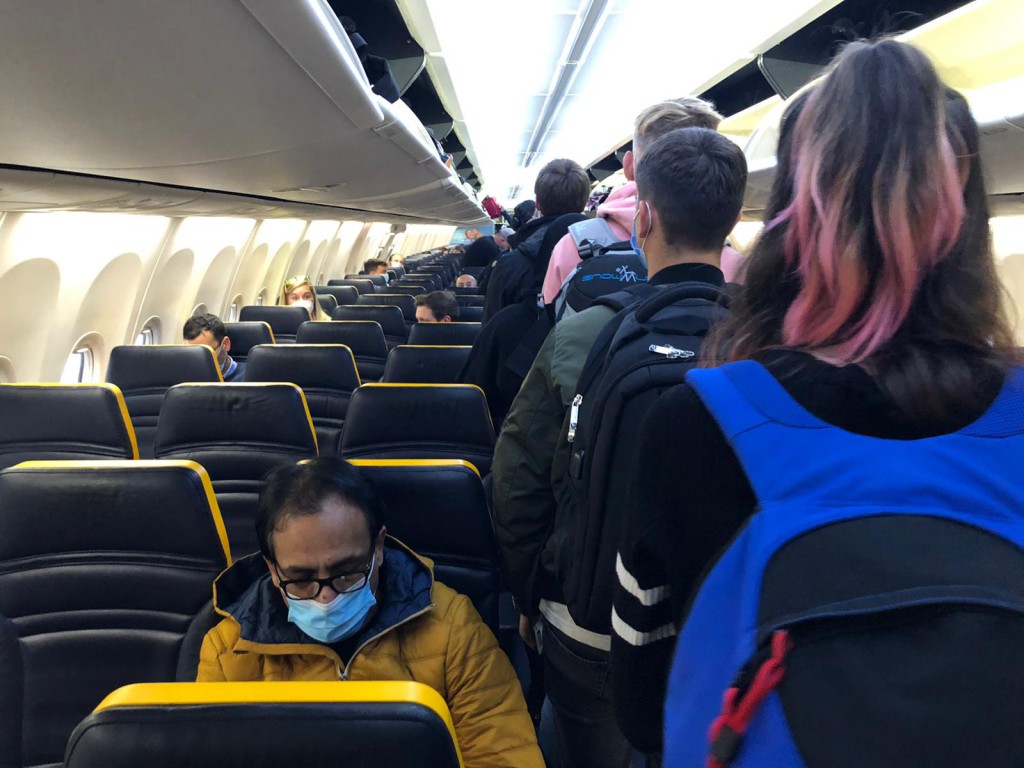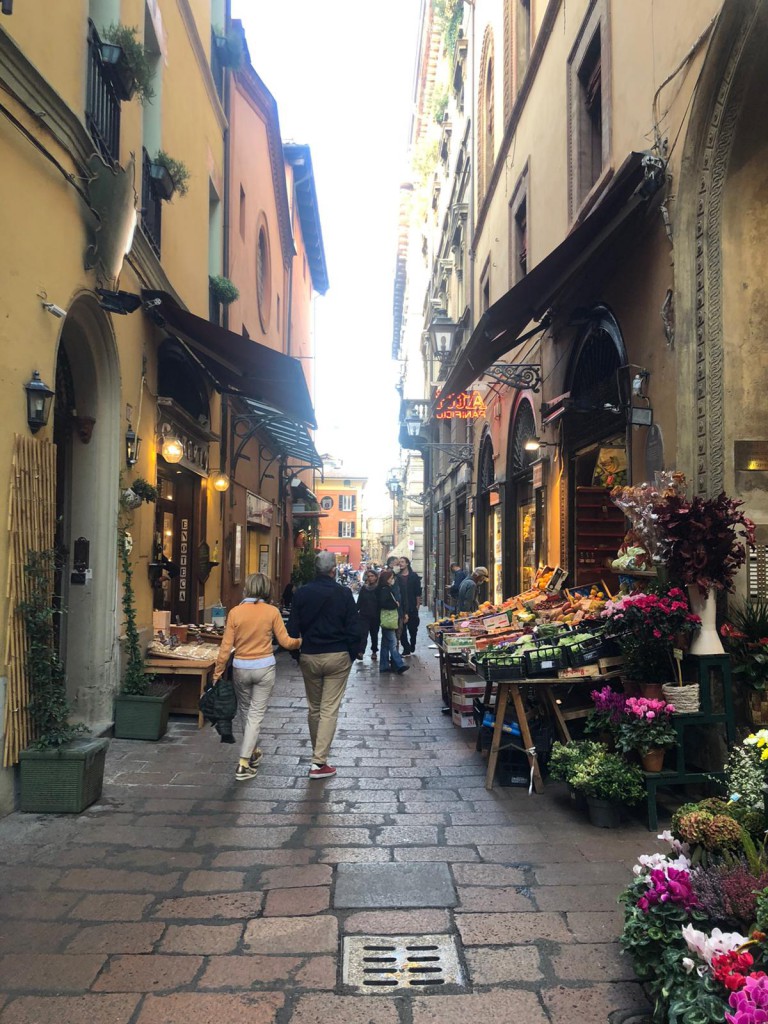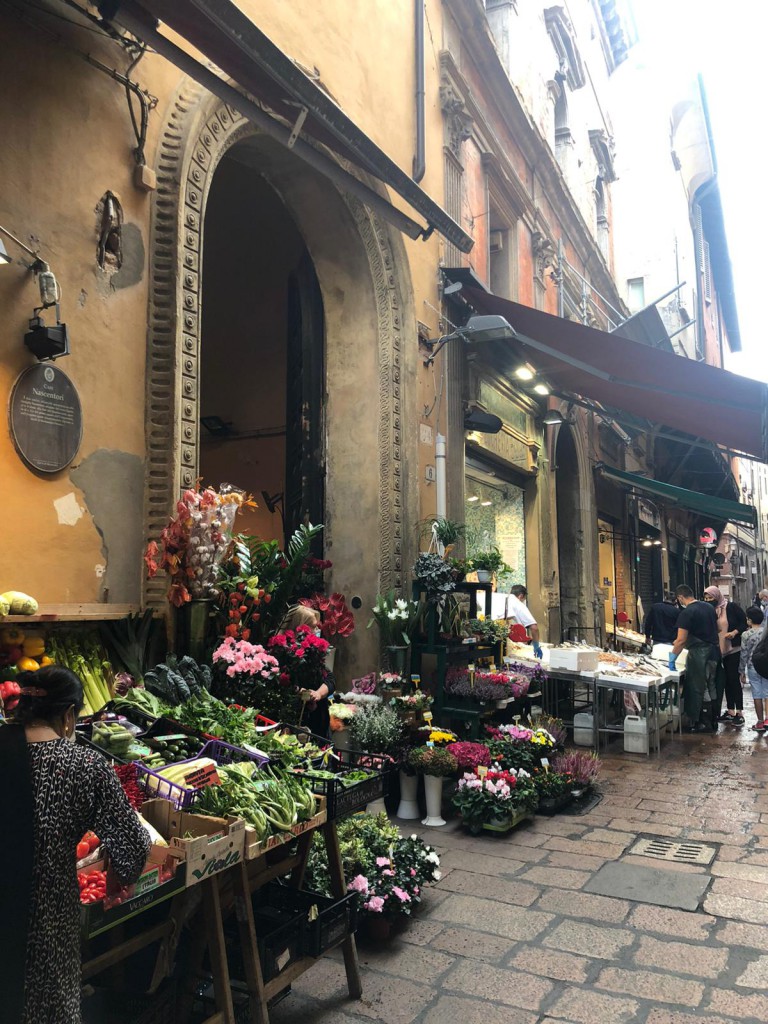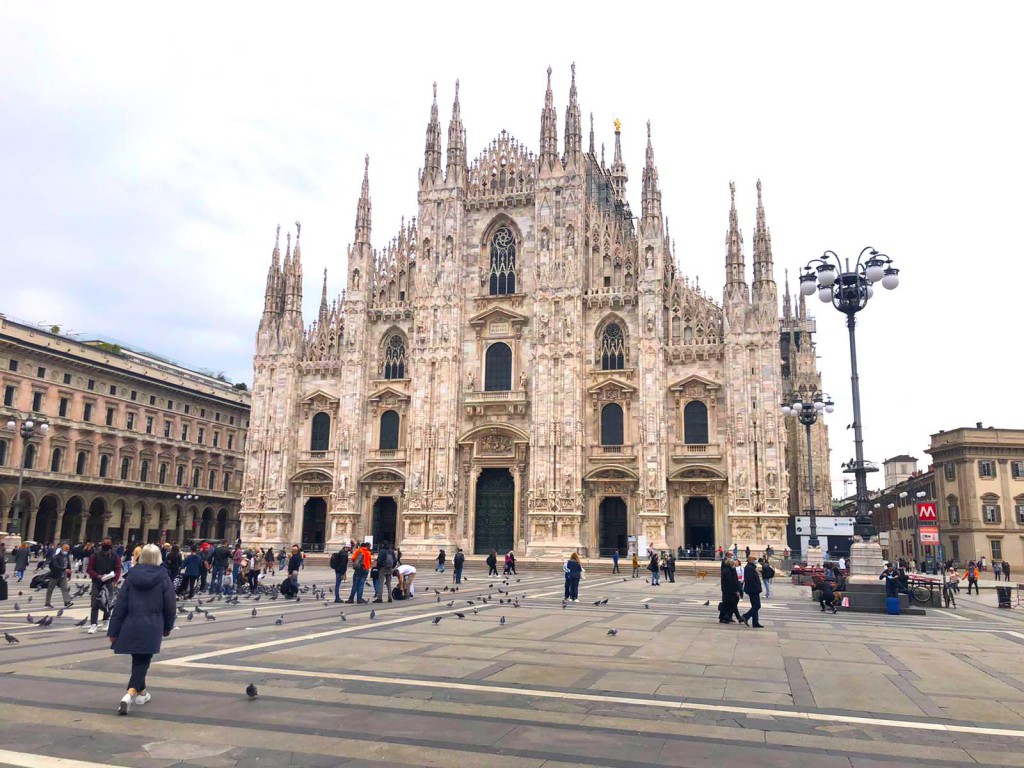I’d almost forgotten what an airport looked like.
One hundred and eighty-nine long days after the UK went into its first lockdown, it was finally time to travel again.
I chose my destination due to its proximity (a two-hour flight from Birmingham), its placement on the UK’s travel corridor list (meaning I wouldn’t be required to quarantine upon return) and its ample opportunities to stuff my face until I could barely walk.
Northern Italy here I come!
The trip – a relaxed eight-day journey from Bologna to Milan taking in Modena and Parma along the way – was a chance to see how travel had changed since this pandemic cast its troublesome tentacles around the world.
Would social distancing be observed under the pressurised environment of boarding? Would hotels be noticeably cleaner? Locals less friendly to visitors?
Read on for what worked – and what didn’t – as I travelled for the first time since the coronavirus hit.
NOTE: Italy has since been added to the UK’s quarantine list (effective October 18). Be sure to check here if you’re planning a trip abroad soon.
Getting there
The good
A deathly-quiet airport meant very little queuing and the ability to socially-distance from other passengers. Masks were ubiquitous and restaurants had implemented table-service only with orders placed through apps. Aboard the plane, meanwhile, low passenger numbers meant travellers were separated by an empty seat.
The bad
Unfortunately, as soon as it was time to board, any social distancing went straight out the window as people’s eagerness to get on board got the better of them. Couldn’t airline staff have enforced a no-queuing and staggered boarding system?
Staying there
The good
I stayed in a variety of accommodation over the week: hotels, guesthouses and Airbnb properties. Masks were worn by staff, protective screens were in place in front of reception desks and communal dining areas were closed. Great work.
The bad
Very little to report, in all honesty. But if you’re booking accommodation, be sure to read the latest reviews to find out if others have experienced issues.
Moving around
The good
Italy’s efficient and frequent train line between Bologna and Milan meant getting from city to city was a doddle. And near-constant pre-recorded messages (in Italian and English) reminding passengers to wear a mask at all times seemed to do the trick.
The bad
At other times (on trams and the metro, for instance) social distancing was made difficult by passenger numbers. Although, for those opting for public transport alternatives, the rise of the electric scooter meant solo sightseeing was easy.
Getting back
The good
As before, passengers took social distancing and mask-wearing seriously. The passenger locator form provided by the British government was clear and easy to complete.
The bad
The return flight couldn’t have been more than one-third full. In fact, whole rows towards the front of the plane (sold as premium) were empty. So to find myself seated shoulder-to-shoulder with two other passengers because I’d opted for random seat allocation was an easily-avoidable issue. Obviously, as soon as I was able, I found an empty row to see out the remainder of the journey.
The ugly
But on such an empty flight, why were passengers crammed together at all?
